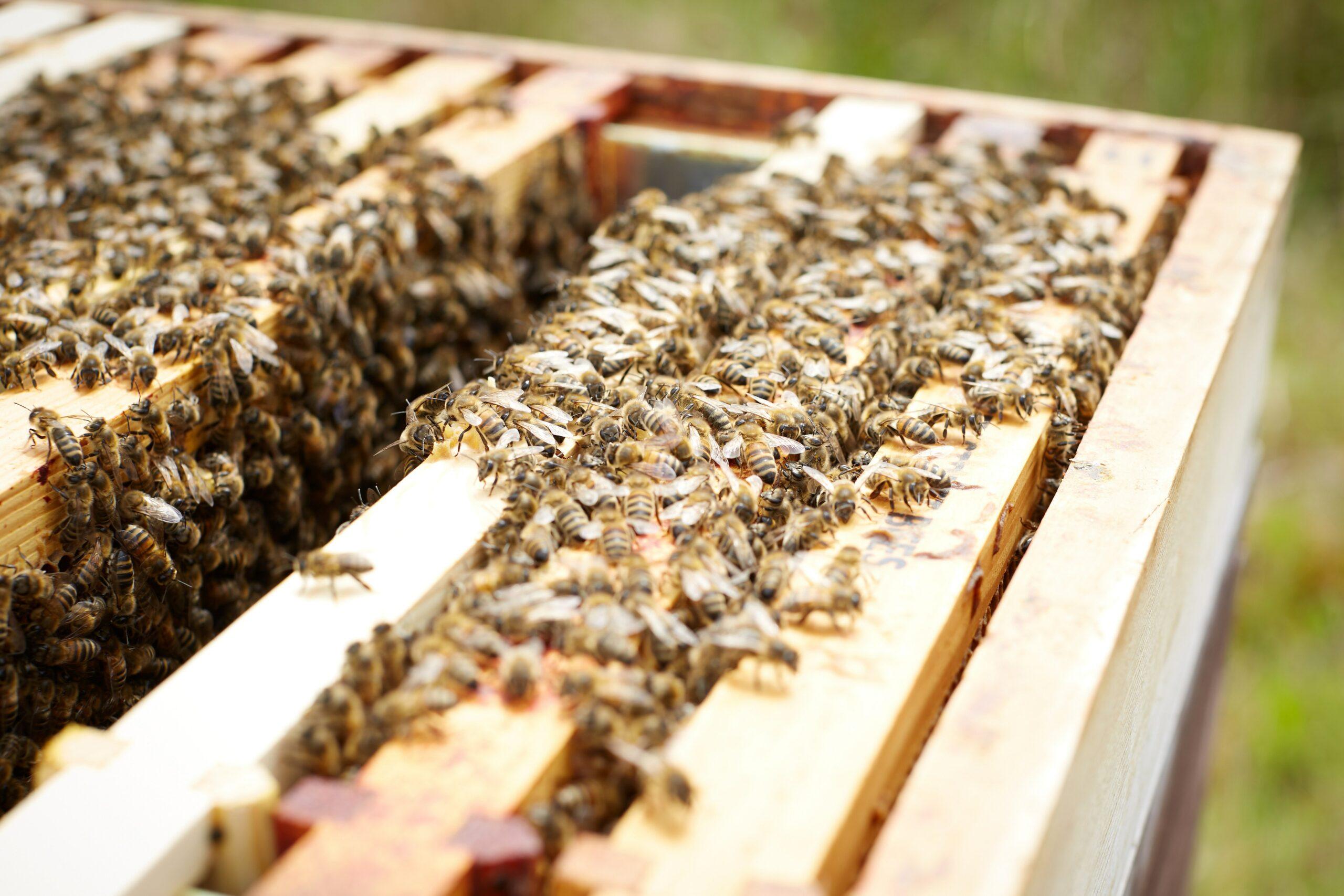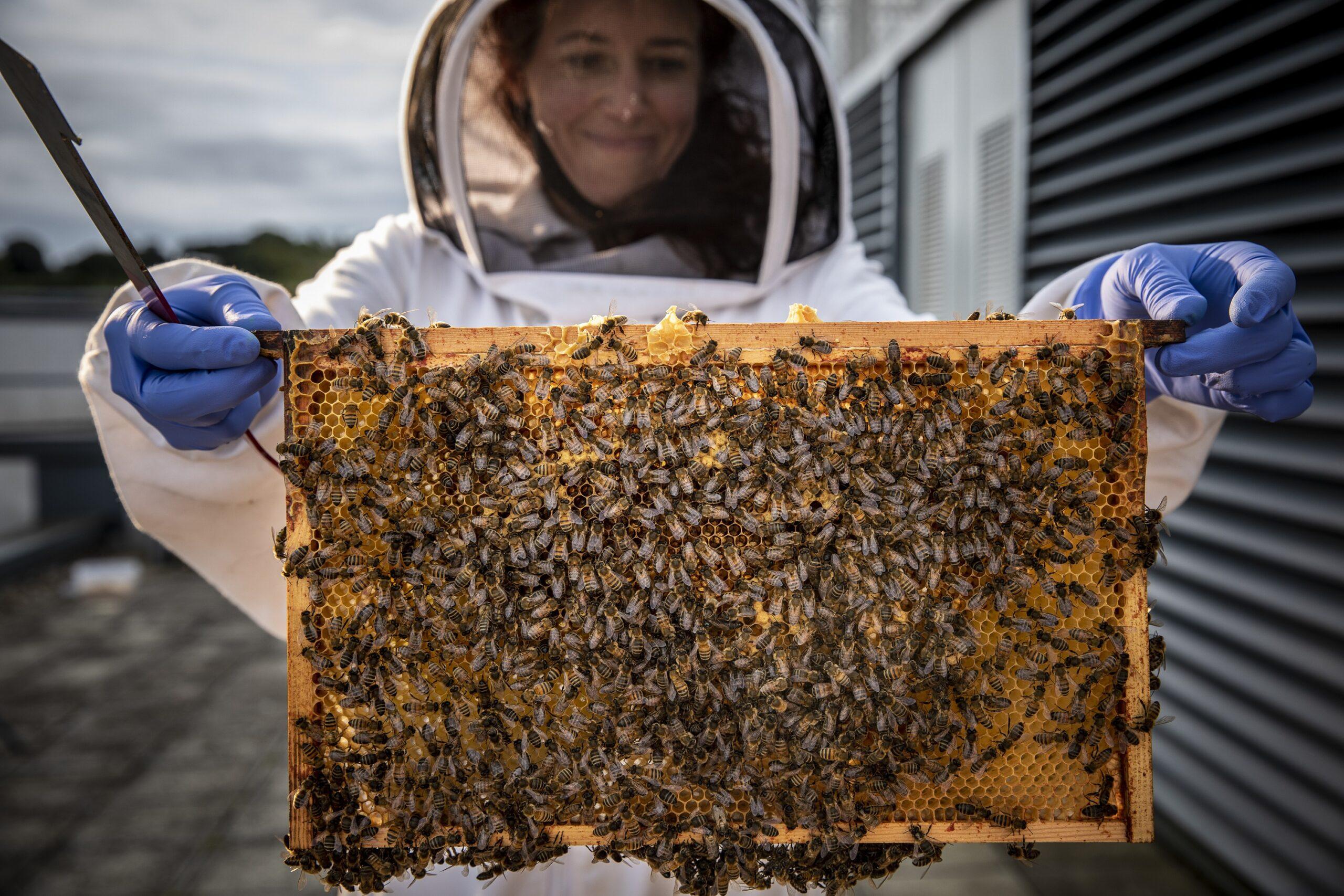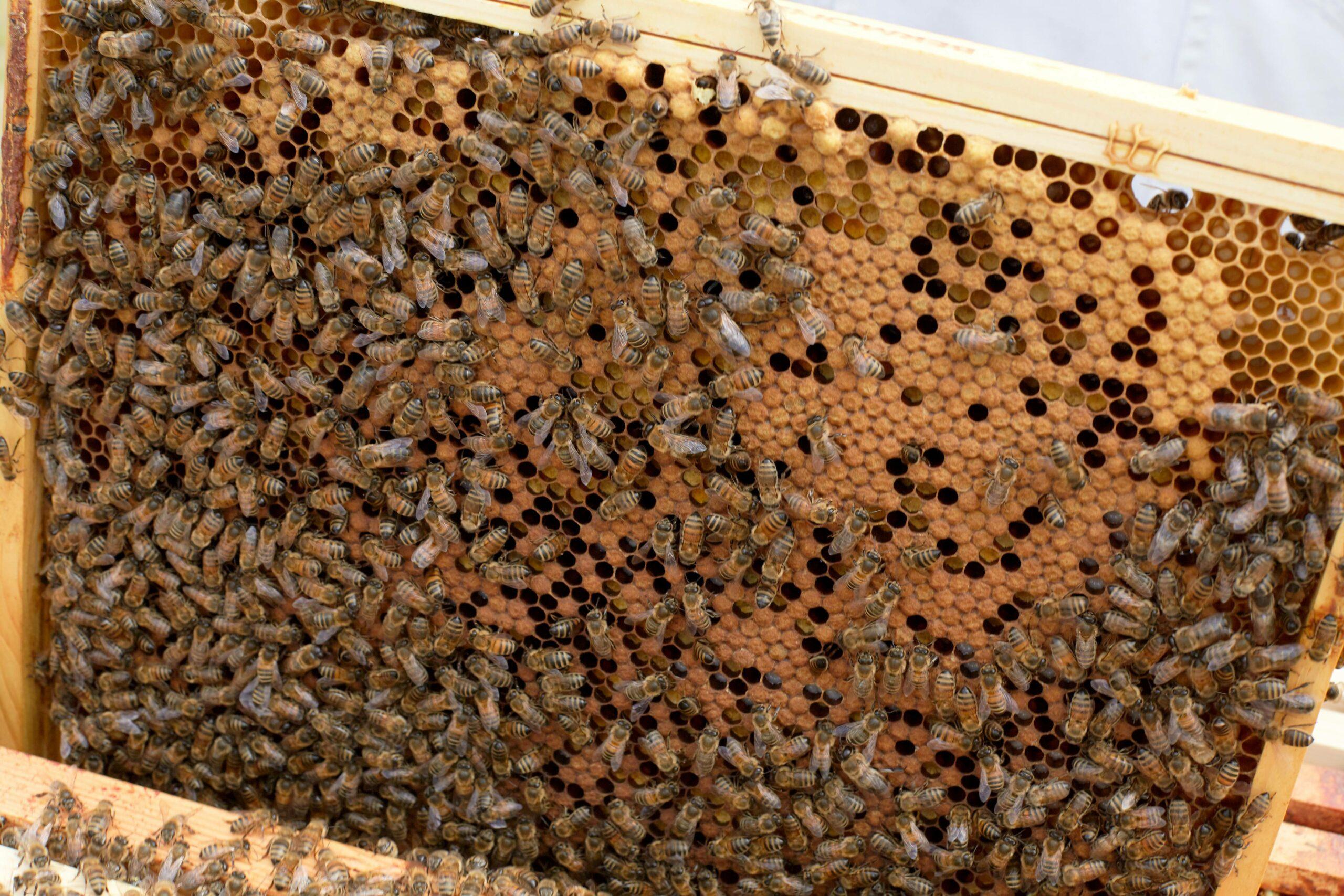Study Finds Bees Can Tell The Difference Between Even And Odd Numbers
By Kristin Myers on May 15, 2022 at 10:30 AM EDT

Many experts have discussed the importance of bees in the natural environment. However, it seems that bees may be much smarter than many have given them credit for.
As reported in Popular Mechanics, bees, specifically honeybees, have apparently learned to tell the difference between even and odd numbers. This is known as a parity task. It was widely believed that only humans were capable of parity tasks… until now.
Bees Can Tell The Difference Between Odd And Even Numbers
It seems that humans are able to tell the difference between even and odd groupings, which can shed new light on our own learning behaviors. The human brain has 86 billion neurons. A bee’s brain only has one million neurons, which is significantly less.
This begs the question: are parity tasks not as complicated as scientists once thought? Or do bees just have a different means of learning parity?
The authors of the study wrote, “The findings should encourage further testing of parity processing in a wider variety of animals to inform on its potential biological roots, evolutionary drivers, and potential technology innovations for concept processing.”
“These findings suggest that odd and even processing tasks potentially have a biological ground in how numbers are processed beyond cultural transmission,” they continued.
How Did Scientists Study Parity Tasks In Bees?

In the study, researchers divided honeybees into two control groups. They showed bees cards that contained printed shapes that numbered from one to ten. One group was trained to land only on even-numbered cards, which earned them a sugar water treat if they successfully completed the task. If they landed on an odd-numbered card, they received a dose of a bitter quinine solution.
The second group had a similar approach, but the numbers were reversed. An odd card would earn them a sweet treat and an even card would give them a drop of quinine. Researchers continued this lesson with both groups until the bees chose the correct answer at least eighty percent of the time.
Although humans usually identify even numbers more quickly, the bees showed the opposite to be true: the group that earned sugar water from odd-number groups learned the task more quickly.
Researchers Make The Study More Complicated, Get Better Results

The researchers then decided to up the number of cards. Instead of shapes containing the numbers one through ten, they also added an eleven and a twelve into the mix. The bees reportedly maintained a higher than seventy percent accuracy rating when the two new cards were added.
The authors admitted that they need to conduct further studies to see how honeybees were able to accomplish the task. Previous studies have indicated that humans use the cortex in number processing. However, honeybee brains do not have a cortex; therefore, as the authors wrote, “strongly suggesting that alternative brain structures can facilitate such abilities.”

This could potentially change the way that humans study our own intellectual processing abilities. The authors suggest that the study shows that “building neuromorphic computing solutions with very simplified mechanisms is possible.”
In other words, if bees can do it, why can’t we?